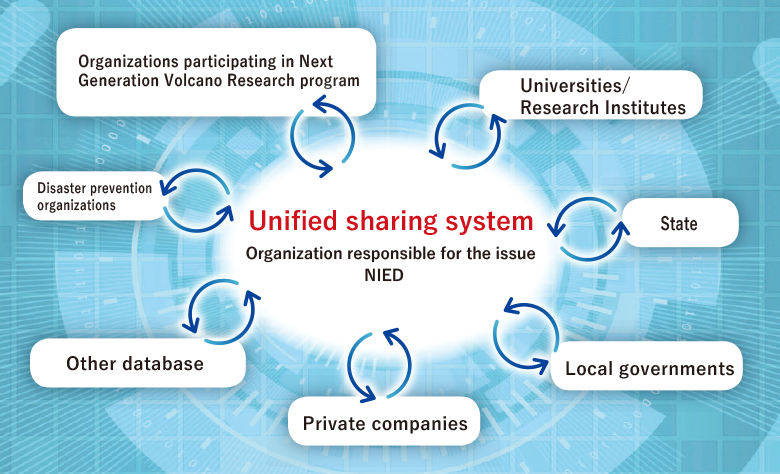Next Generation Volcano Research & Mobile Observations
As a “General Hospital” to diagnose and treat Japan’s Volcanoes
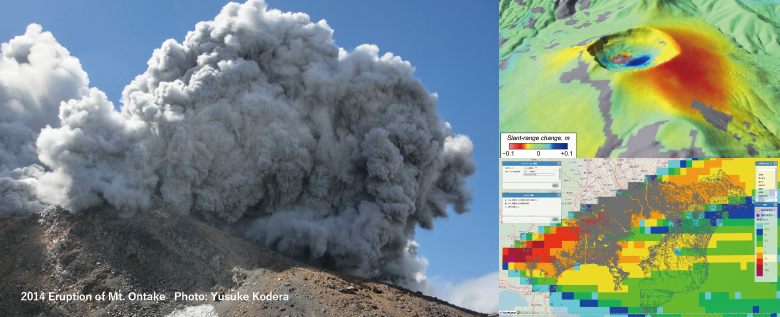
The 2014 Mt. Ontake Eruption was the worst volcano disaster in postwar Japan, claiming many lives. It resulted in the establishment of this center, which functions as a hub for volcano disaster forecasting research and conducts initiatives that could be described as a “general hospital” for volcanoes. In addition to constricting a platform for unifying volcano observation data, the center also promotes research and development for observation/prediction/countermeasure technologies through close linkages with related organizations. It also focuses on cultivating the next generation of researchers, as there is a shortage of volcano experts in Japan.
Diagnosis and treatment of volcanoes (much like a general hospital)
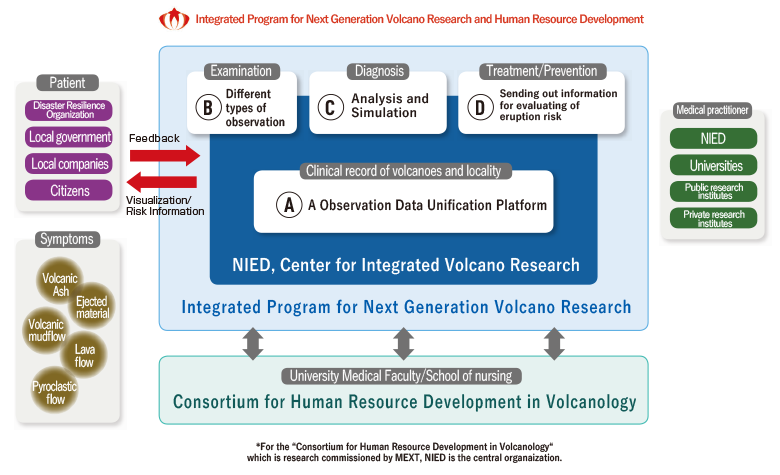
NIED’s 4 main activities
(A) Observation Data
Unification Platform As a volcano disaster prevention research hub, we unify data of researchers and organizations that have up to now been individually held so that they can be effectively utilized, and oversee promotion of Japan-wide volcano research. Unified sharing system Organization responsible for this subject
(B) Various kinds of observation
We are constantly attempting to develop and improve observation techniques so that precise data can be used promptly. An example of this is whole area crustal deformation observation through remote sensing using satellites, which is an indispensable tool for forcasting eruptions.
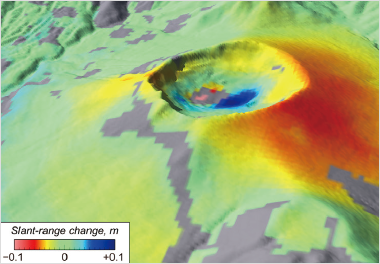
Precursory crustal deformation during the 2017 Mt. Shinmoedake (Kirishima) Eruption captured by satellite remote sensing.
(C) Analysis and Simulation
For instance, in order to evaluate what the falling ash damage would be on the Tokyo Metropolitan Area in the event of an eruption of Mt. Fuji, we are developing more sophisticated volcanic hazard simulations.
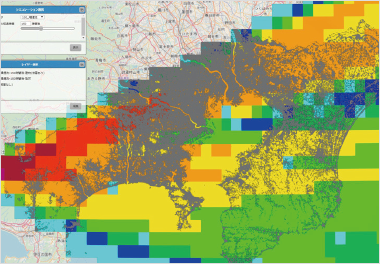
Simulation of falling ash by a possible eruption at Mt. Fuji.
(D) Sending out information for evaluating risk of eruption.
To minimize eruption disaster, it is vital to output precise information in a form that is well aligned to the needs of users. Based on interviews to local governments, we conduct research and development for information tools.
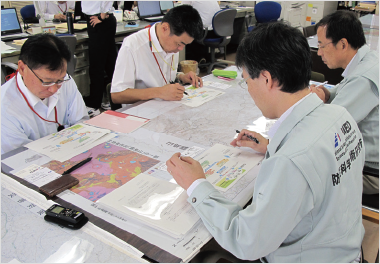
Director-General SHIMIZU, Hiroshi
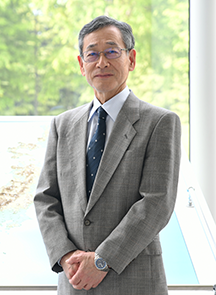
Aiming to contribute to volcano disaster prevention through the promotion of research on observation, prediction, and countermeasures and the utilization of data
The 2014 eruption disaster of Mt. Ontake revealed various problems in volcanic disaster prevention in Japan, and strengthening the volcano research system and fostering expert human resources are urgent issues. Based on these issues, the Ministry of Education, Culture, Sports, Science and Technology (MEXT) is implementing the Integrated Program for Next Generation Volcano Research and Human Resource Development, and our center is promoting the project as its core implementing institution. In particular, we aim to contribute to society by constructing a centralized observation data system and utilizing the results for volcano disaster prevention in cooperation with universities and research institutes as well as local governments.

